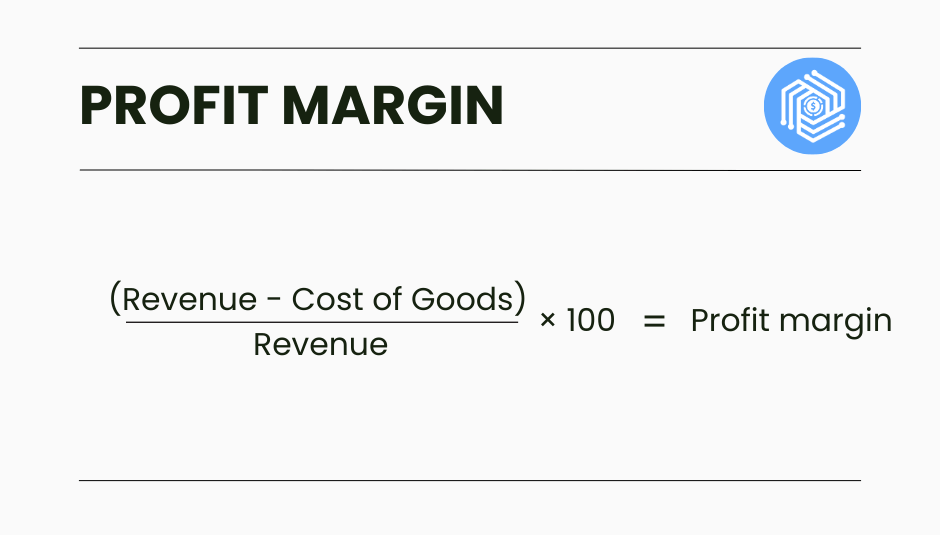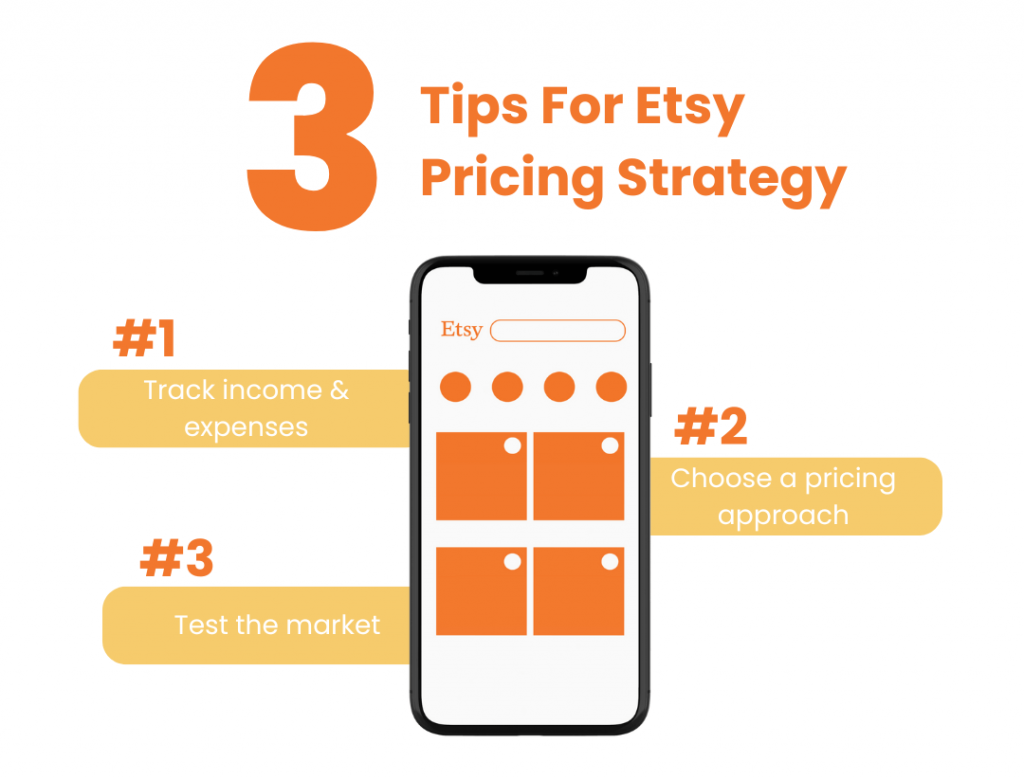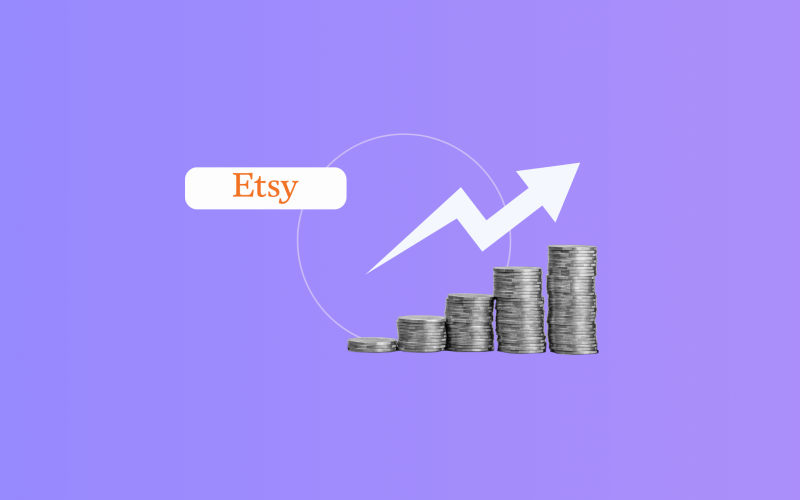Is crafting and collecting vintage treasures just a hobby, or do you want to turn it into a full-time business?
When entering the world of ecommerce, especially in Etsy’s case, you’ll hear it time and again: you need to draw a line. If it’s just a hobby, feel free to follow your heart. But if you’re aiming to build a business, you’ve got to put on your entrepreneur hat and think like a boss, not just a craftsperson.
Today, we’ll guide you through the first steps of selling on Etsy and help you understand how to price your products.
Key takeaways:
- While there’s no specific Etsy pricing formula, basing your prices on actual expenses is a practical approach.
- Ecommerce businesses typically aim for a profit margin between 20% and 50%.
- Diligent expenses and income tracking can help with further growth and pricing adjustments.
Contents:
1. Is there a formula to calculate product pricing for Etsy?
2. Tips on how to calculate the selling price of an Etsy product
Is there a formula to calculate product pricing for Etsy?
Well, yes and no at the same time. And this is why this article isn’t as short as it could be, but don’t be confused just yet. Let’s break it down.
Why NO?
When it comes to metrics like net income or cost of sales, there are clear formulas. However, Etsy pricing isn’t a straightforward metric; it’s more of a strategic guesswork. So, there’s no one-size-fits-all pricing formula.
But still, why YES?
Since the best Etsy pricing for your particular product is just an assumption, you can base it on real numbers—your expenses:
- Materials cost (raw materials costs);
- Labor cost (hourly rate for your time);
- Overhead cost (rent, office supplies, etc.);
- Etsy seller fees;
- Shipping price*;
- Sales tax (if applicable).
* – There’s an option for Etsy free shipping. However, sellers can offer free shipping to U.S.-based buyers only.
We’ll explore expense tracking in more detail later, but here’s a key point to remember: you can calculate your break-even or wholesale price by adding up all the costs involved in preparing your product for sale. Typically, sellers often double the wholesale price to set their retail price.
What’s a good profit margin for Etsy?
First, let’s understand what the profit margin is.
Profit margin is a financial metric that tells you the percentage of profit made from your total revenue. It shows how much of each dollar from sales you keep as profit after covering all expenses.

Etsy’s healthy profit margin varies based on your product type, market competition, and business goals. Generally, ecommerce businesses aim for margins between 20% and 50%. This range helps you cover all costs—materials, labor, and Etsy fees—and still give you a nice profit.
Note: For new businesses, the profit margin will probably be lower at first and that’s completely fine. This will be due to higher spending on customer acquisition. As your business grows, your profit margin will increase.
Tips on how to calculate the selling price of an Etsy product
Now that we’ve covered the basics of product pricing, let’s dive into more tips and tricks to perfect your strategy.
Plus, as promised, we’ll tell you a little more about expense tracking.
Disclaimer: Your Etsy store pricing strategy is an ongoing process that requires regular evaluation. Reassess your prices whenever there are changes in your shop or the broader business ecosystem to ensure you remain competitive and profitable.

Tip #1. Establish a system for tracking expenses and income
As we’ve already mentioned, there’s a lot to track if you want to have proper numbers in final reports. However, breaking down expenses into categories and documenting every purchase and sale for accurate cost calculation can be quite tedious.
The best part? While you might need to do some initial calculations, ongoing expense and income tracking can be automated with the right tools.
Take Synder Sync as an example. The tool integrates with online sales channels, payment platforms, and POS systems, connecting them to accounting software like QuickBooks, Xero, and Sage Intacct. Whether you’re managing transactions from your Etsy storefront or other platforms, Synder makes it easy to keep your financial data organized.
And guess what? Etsy is one of the 30+ platforms Synder syncs with. It effortlessly records all your financial data directly into your accounting system, making your bookkeeping a breeze.
Tip #2. Choose a pricing approach
A quick heads-up: the methods discussed here aren’t the only ones out there and won’t necessarily guarantee perfect pricing right away. You’ll need to experiment, mix them, and find what works best for you. After all, nobody knows your business better than you do.
1. Cost-plus pricing: Based on your expenses
This approach is straightforward: calculate all your costs (materials, time, labor, and overhead) and add a profit margin on top. It’s the method we touched on earlier — calculate all potential expenses and set your final price based on that info. You can also leverage Etsy Ads to give your products more visibility, allowing you to optimize your pricing strategy as your products gain traction.
It might feel tricky because you’ll need to assign yourself an hourly rate. And prices will change over time, so you’ll be recalculating them anyway. Still, it’s okay if your first try isn’t perfect. Adjust as you go!
2. Market-oriented pricing: Based on research
Research, research, and more research.
This approach is all about checking trends, competitors, and prices across platforms. Gather as much info as possible to set a competitive price.
You’ll use your research to set an initial price and then backtrack to figure out how much you can afford to spend on each part of the process to meet that price goal.
Tip #3. Test the market
Allow yourself to experiment.
Since there’s no one-size-fits-all solution, embrace the List-Track-Refine strategy. This means you start by listing your product with an initial price, track the results and customer feedback, and then adjust as needed to boost your profits.
The online business world moves fast. And so should you.
Conclusion
By choosing a strategic approach, you can effectively determine a profitable and competitive selling price for your Etsy products. However, pricing for profit is a continuous process that involves experimenting and adjusting as you learn more about your target market, measure performance, and track changes in the larger economic climate (like inflation).
Stay flexible and be ready to adapt. Keep experimenting, refining, and evolving your pricing strategy to keep up in this dynamic online business world. Embrace the journey, and watch your Etsy shop grow!
Share your thoughts
What’s your experience with calculating the price for your Etsy products? Which approach worked best for you? Tell us in the comment section below!






